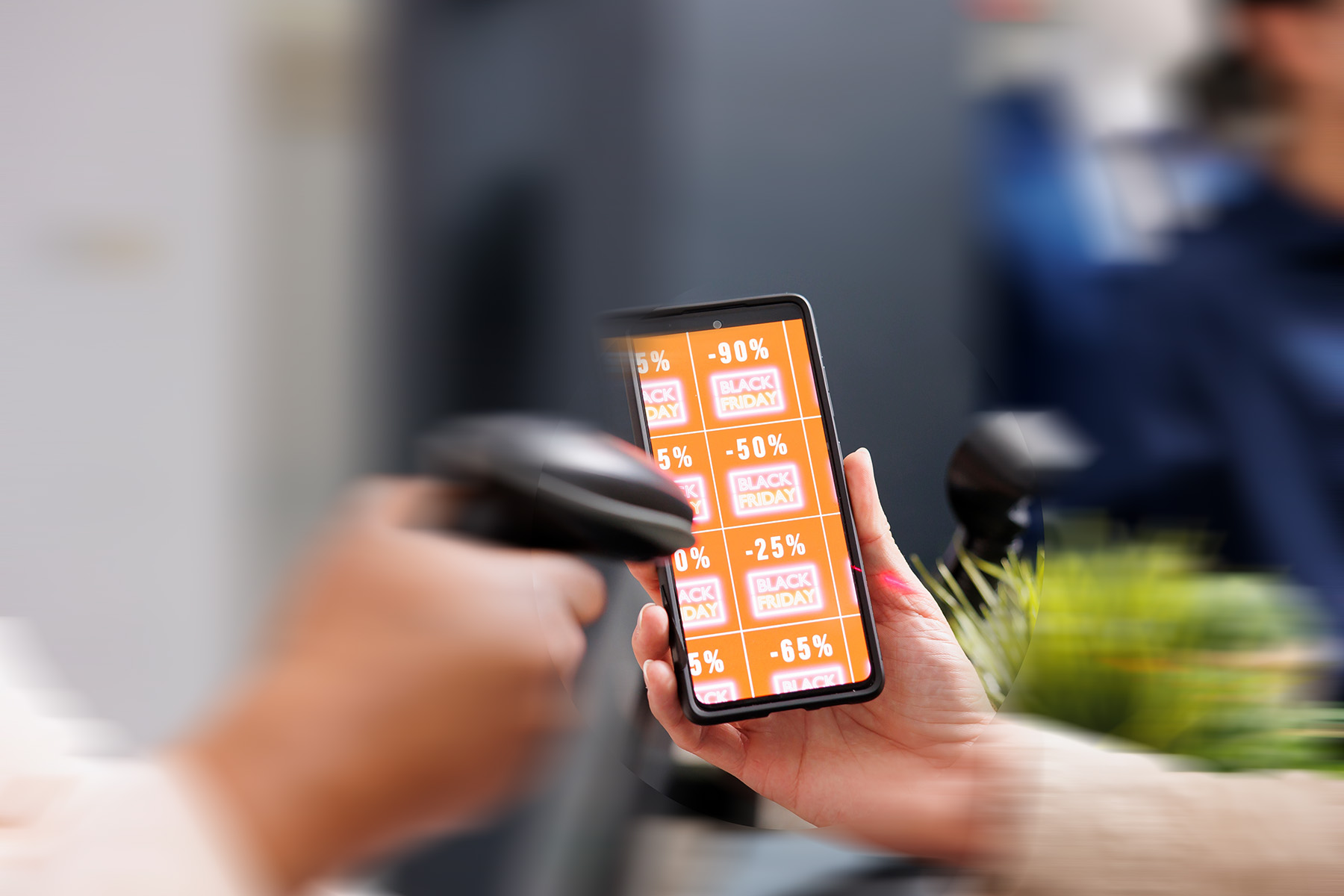Ad Spend
-
74% of media buyers, planners and brands, think the current crisis will have a bigger impact on advertising than the 2008 financial crisis.
-
70% of buyers have already adjusted or paused their planned ad spend.
-
16% are still determining what actions to take.
-
24% of respondents have paused all advertising spend for the remainder of Q1 and Q2.
-
46% indicated they have adjusted their ad spend for the same time period.
-
73% of buyers are indicating the coronavirus will have an impact on the Upfront 2020/2021 spend commitments and expect a 20% decrease in Upfront spend vs their original plan.
-
Digital ad spend is down 33% and traditional media is down 39%.
-
Google and Facebook together could see more than US $44 billion in worldwide ad revenue evaporate in 2020, Cowen & Co. analysts estimate.
What this means for marketers is advertising channels are struggling to make revenue currently, and there are now amazing opportunities to pick up advertising at a great rate. If you can afford it, use this opportunity to advertise on more channels to increase market share.
Marketing Through A Recession
-
The companies which increased ad spend during a recession didn’t experience any increase in profitability either during the recession. In fact, on average they saw decreases in the short-term ROI from their increased ad budgets. But these companies did enjoy significant increases in market share from their increased budgets.
-
Companies increasing ad spend by up to 20% saw an average share gain of 0.5% and those that increased beyond the 20% threshold recorded average gains of 0.9%
-
Estimates suggest advertising investment is likely to be reduced by between 30% and 60% over the rest of 2020 and beyond.
-
86% of marketers are now delaying or reviewing marketing campaigns, up from 55% just in the three weeks prior.
-
90% of marketers say their budget commitments have been delayed or are under review, up from 60% in the three weeks prior.
-
81% say tech or infrastructure spending has been suspended due to the spread of the virus, compared to three weeks ago (43%).
-
69% of marketers have experienced a drop in demand for their brand’s products and services.
What this means for marketers is clear: Marketing budgets may have been cut, but they will stretch further. While some companies are pulling back on messaging, this will leave a void which must be filled. Clever marketers will do just this and come out ahead when the economy recovers.
Emerging Channels
Marketers often struggle with what channel to choose for what messaging.
-
Media spend on inventory sold direct using ads.txt, the IAB programmatic advertising transparency initiative, increased 45% in Q4 2019 compared to the equivalent period in 2018, while spend on reseller and unauthorised supply decreased.
-
Emerging channels are being adopted as ‘traditional’ as media moves to programmatic. Bid requests for DOOH inventory grew 107% between 2018 and 2019, connected TV was up 39% and audio increased 16%.
-
Native advertising is increasingly strong. Bid requests for native ad spots grew 70% during 2019, compared to the 7.5% increase seen by display.
-
First price auctions accounted for almost half (48.25%) of media spend in 2019, compared to second price, representing a 181% year-on-year growth.
-
Header bidding spend grew 54% globally in Q4 2019 and eCPMs were up 18%.
-
Neilsen’s Digital Content Ratings shows overall time spent on digital news sites and apps is up 29% for March to date compared to the same period in February and records continue to be set daily.
-
Australian online advertising market growth has slowed, but still achieved 5.6% year-on-year to reach $9.3bn expenditure for the full calendar year 2019.
-
There has been a 71% increase in time spent on online food and cooking websites.
-
Australians aged 13-24 increased their time spent online with food and cooking content by 144%
-
Sunday 29 March recorded the highest daily time spent consuming food and cooking content in 2020.
-
Mobile devices generated more than 60% of organic site visits
Tech Boom
-
Over Q1 of 2020 there was an unsurprising fall in deals across the digital sphere, with fewer deals in ad tech and martech, as well as in Digital Content, compared to Q1 of 2019 (~50% and ~20% respectively).
-
Ad tech and martech both suffered a fall in their aggregate market value, with ad tech experiencing a particularly sharp decline.
-
The global customer data platform (CDP) market is predicted to reach over $3.2 billion by 2023, up from $903.7 million in 2018.
-
North America is expected to hold the largest market size in the global CDP market, while APAC is expected to grow at the highest compounded annual growth rate.
-
40% of marketing and sales teams say data science encompassing artificial intelligence and machine learning is critical to their success as a department.
-
By 2024, AI identification of emotions will influence more than half of the online advertisements you see.
What this means for marketers is: Embracing tech moving forward will be crucial for success.
Customer Loyalty
-
80% of growth organisations use customer surveys to collect CX data, compared with just 58% of non-growth organisations.
-
43% of product managers at growth companies are using analytics to collect and analyse customer perception and sentiment data. This is compared with just 22% of product managers at non-growth companies.
What this means for marketers is: Successful companies communicate and get feedback from their customers in order to better service their needs, even in periods of downturn.











